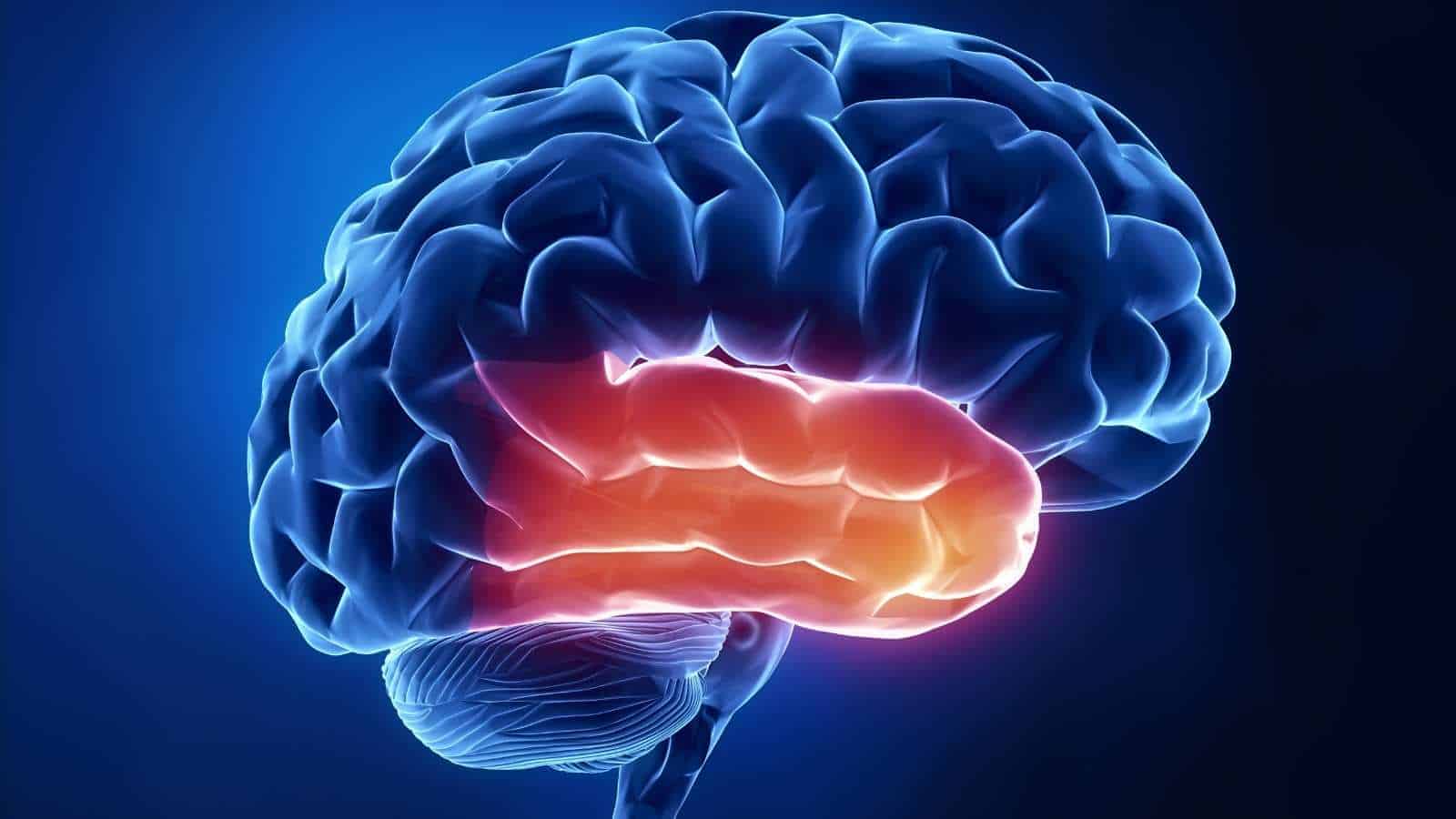Researchers from the Florida State University College of Medicine found that amino acids in the brain may help prevent epilepsy.
A certain type of seizure called temporal lobe epilepsy can lead to permanent damage, including the death and loss of function of neurons. Researchers believe that amino acids could play a vital role in preventing this type of epileptic seizure.
Temporal lobe epilepsy, the most common form of focal (partial) epilepsy, involves seizures that begin in one or both temporal lobes. Seizures usually last one to two minutes and may lead to a total loss of awareness or impaired awareness.
Symptoms of this type of seizure include:
One may feel an unusual sensation (aura) before the seizure occurs, serving as a warning. However, not everyone with temporal lobe seizures will have auras or remember them after regaining consciousness.
The aura marks the beginning of a temporal lobe seizure.
Symptoms or feelings may include:
- A sudden sense of unprovoked fear or joy
- A deja vu experience — a feeling that what’s happening has happened before
- A sudden or strange odor or taste
- A rising sensation in the abdomen, similar to being on a roller coaster
Of course, you may not have the ability to respond to others after having a seizure. This type of seizure may last for 30 seconds to two minutes.
Signs and symptoms include:
- Loss of awareness of surroundings
- Staring
- Lip-smacking
- Repeated swallowing or chewing.
- Unusual finger movements, such as picking motions
After a temporal lobe seizure, you may have:
- A period of confusion and difficulty speaking.
- Inability to recall what occurred during the seizure
- Unawareness of having had a seizure
- Extreme sleepiness
Sanjay Kumar, associate professor in the College of Medicine’s Department of Biomedical Sciences, hopes to find a cure for this debilitating disease. The team discovered a particular mechanism in the brain, which triggers these types of seizures. They also found that a certain amino acid called D-serine can stop this mechanism from causing the seizures. The findings have been published in the journal Nature Communications.
The temporal lobe helps to decode sensory stimuli, creates memories, comprehends conversations, and processes emotions. Temporal lobe epilepsy (TLE) occurs in about 6 out of 10 adults with partial epilepsy. Unfortunately, current anti-epileptic medications do not help to prevent symptoms.
“A hallmark of TLE is the loss of a vulnerable population of neurons in a particular brain region called the entorhinal area,” Kumar said. “We’re trying to understand why neurons die in this brain region in the first place. From there, is there anything that we can do to stop these neurons from dying? It’s a very fundamental question.”
The temporal lobe epilepsy study
Kumar and his team study underlying receptors in the brain to gain more insight into how TLE occurs. Receptors, proteins in the gaps between two or more communicating neurons, aid in converting signals between them. Through their research, the team found a new type of receptor in the brain’s entorhinal cortex. They have informally named it the “FSU receptor,” which may become the new focus of TLE therapy.
“What’s striking about this receptor is that it is highly calcium-permeable, which is what we believe underlies the hyperexcitability and the damage to neurons in this region,” Kumar said.
When too much calcium enters neurons in FSU receptors, TLE patients experience seizures as neurons become overstimulated. This overstimulation from the influx of calcium causes neurons to die, a process known as excitotoxicity. Furthermore, the team discovered that D-serine blocks these receptors, keeping excess calcium from entering the neurons. This results in the prevention of seizures and neuron death.
“What’s unique about D-serine, unlike any other drugs that are out there, is that D-serine is made in the brain itself, so it’s well-tolerated by the brain,” Kumar said. “Many medications that deal with treating TLE are not well-tolerated, but given that this is made in the brain, it works very well.”
The team found depleted D-serine levels in animals with epilepsy, suggesting that TLE patients’ brains may not make much D-serine.
“The loss of D-serine essentially removes the brakes on these neurons, making them hyperexcitable,” Kumar said. “Then, the calcium comes in and causes excitotoxicity, which is the reason why neurons die. So, if we provide the brakes — if we provide D-serine — then you don’t get that loss of neurons.”
What causes lower D-serine levels in patients with epilepsy?
Kumar’s team believes that neuroinflammation causes depleted D-serine levels in the entorhinal cortex of the brain. Glial cells normally produce D-serine, but neuroinflammation caused by TLE leads to cellular and molecular brain changes that inhibit its production. So, since the team pinpointed D-serine as a useable therapy, they want to focus on viable administration options.
“We have to find creative ways to administer D-serine to that particular region of the human brain,” Kumar said. “Getting it to that right place is the challenge. We have to look at what effect it has when administered locally to that region of the brain compared to systemically through an IV, for example.”
TLE often results from a severe brain injury such as a concussion. However, D-serine can block the secondary effects of this type of injury when administered properly.
“A pie-in-the-sky type idea is a hypothetical scenario where you were to have a nebulizer or have people inhale D-serine, go play football, and if they experience a concussion, no neurons would be lost because the D-serine would provide a sort of cushion just in case there is a traumatic brain injury that can lead to loss of neurons in the temporal lobe,” Kumar said.
“There are some very interesting questions to ask and solve,” he added. “The important thing is that we’ve outlined the basic bread-and-butter mechanisms of why D-serine works. What we’ve established is the discovery of the receptors, discovery of the antagonist for these receptors (D-serine), how it works, and how to prevent the emergence of TLE. The mechanisms and pathophysiology are as relevant to the animal model as they are to human beings, and that’s where the excitement lies.”
















 Community
Community

